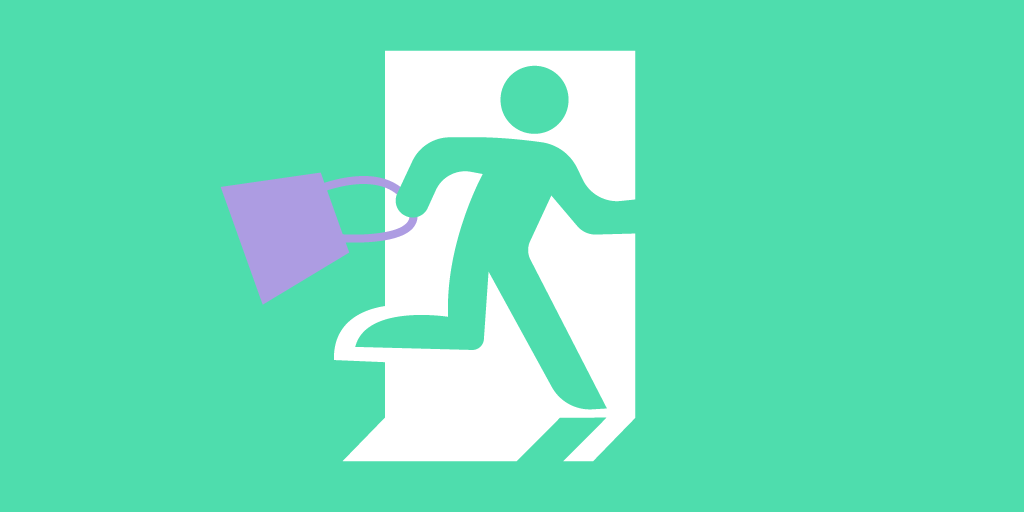It will take us years, if not decades, to fully comprehend the impact that the COVID-19 pandemic has had on us.
From politics to economy to interpersonal relationships, there’s a lot coronavirus needs to answer for. Not in the least bit for the way consumer behavior has changed from late 2019 to 2021.
Rough estimates suggest that COVID-19 has impacted the shopping behavior of 9 in 10 consumers.
With rapid, often unpredictable changes in the lockdown strategy — reopening and closing down again, new regulations, confusing safety guidelines — it's a miracle that consumer behavior is recognizable at all.
But let's pin down the exact changes in customer actions and perceptions that have occured during and after the COVID-19 pandemic.
Consumer behavior during the COVID-19 pandemic
First, the obvious: the pandemic has made us more wary of shopping in person.
Throughout 2020, people were less likely to visit non-essential shops. Essential products, too, were being increasingly purchased online.
Overall, 71% of consumers shopped online in 2020. Some studies put this number even higher.
2020 was the year “working from home”, or WFH, became a mainstay of our lexicon. People weren’t too eager to be in proximity with others — and in the context of shops, that of course means queues.
In a consumer behavior study, Qudini revealed that 42% of consumers were more likely to avoid stores because of queues.
Safety wasn’t the sole concern, of course. Customers, and people at large, were also worried about their financial security.
On average, 38% of Europeans were concerned about paying their bills the following month. Needless to say, this has impacted our willingness to buy: 42% of consumers considered postponing a major purchase.
The shift towards more frugal spending was the prevailing trend in 2020. To wit:
[36% of consumers were prioritizing savings over spending](https://home.kpmg/ro/en/home/media/press-releases/2020/12/covid-19-is-changing-consumer-behavior-worldwide






